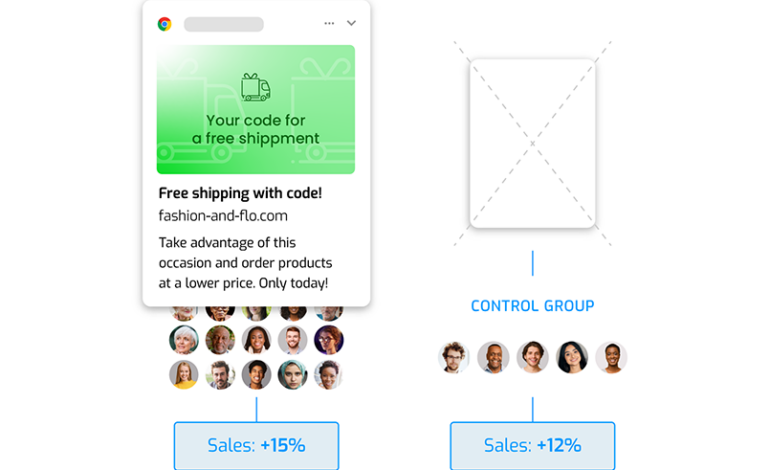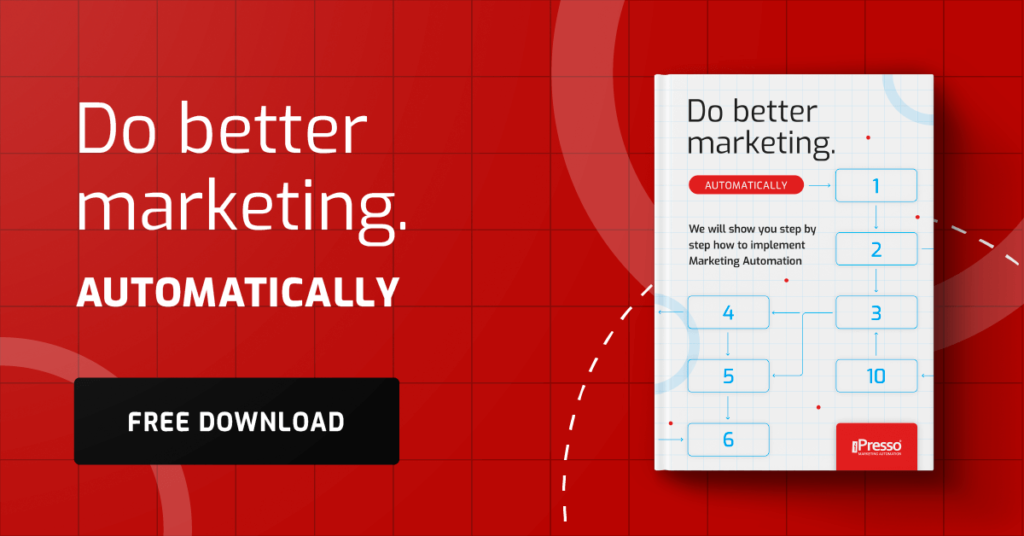General cleanup in Marketing Automation. How to refresh old scenarios in one day and boost their results by 20%

Automation scenarios launched a few months ago are working efficiently, so can you forget about them? Not quite. Audience preferences change, offers are updated. And the scenarios? They still work according to the old assumptions. See how you can easily increase their effectiveness.
Why do even the best scenarios become outdated?
Marketing Automation is not “set and forget.” Has your message open rate dropped from 35% to 25%? Have clicks on links slowed to 2%? It’s not the fault of ungrateful recipients. The main reasons are:
- Messy database – don’t constantly advertise products from only one category. Add products to Feed Manager to avoid advertising something that is out of stock. This way, you will take message personalization to a level higher than just changing the name.
- Outdated (or poorly done) segmentation – segments must be updated on an ongoing basis, and you may find that you need to create another segment because the existing ones are no longer working as well.
- Forgetting about changes – if the page with a given category has changed, don’t keep providing links to the old one. Don’t advertise a 20% promotion to loyal customers for whom a special 25% discount campaign has been launched. Scenarios are meant to facilitate communication with the customer, not mislead them.
Regular auditing is not a whim of perfectionists. It is a business necessity. You don’t need a week to analyze each scenario. You can perform an effective audit in stages, in much less time.
Optimize scenarios step by step
Start with the numbers. Go to your reports and analyze key metrics, for example from the last 3 months. Check the open rate, click rate, conversion rate, and analyze how many people have opted out of your services. Compare your current results with data from 6 months ago. Instead of analyzing all scenarios, focus on the most important ones that generate the most traffic or revenue.
Open each of the selected scenarios and check the entry conditions. Ask yourself: Are the segmentation criteria up to date? Has the definition of an “interested lead” changed? Has the scenario reached a dead end (e.g., it promotes a product that is no longer available)?
Typical problems you will find:
- Scenarios with advertisements for products that have been discontinued
- Outdated prices that differ on the website from those advertised in the campaign
- Messages sent to outdated segments
Check that the information is up to date – prices, promotion dates, product links, contact details.
Make sure that the content and graphics do not need to be refreshed (e.g., do they contain an outdated product design, old packaging, etc.).
There is a simple way to improve your open rate. Test personalized messages that automatically fill in customer data fields. Instead of “Sale,” write “Hey David, 30% off ends tomorrow!” Changing the subject line alone can increase your open rate by up to 29% (source: https://instapage.com/blog/personalization-statistics/).
Go through each scenario as if it were a maze. See if all paths lead to logical actions. Set the appropriate time between successive actions, check the endings – whether communication with the recipient suddenly breaks off at an inappropriate moment.
Problem: The standard webinar reminder scenario (e.g., “send an email 3 days before” and “1 day before”) has a logical gap. It is only effective for people who register well in advance.
Consequences: People who register at the last minute, e.g., 12 hours before the start, “fall” into the scenario after the scheduled sending dates. They will receive a registration confirmation, but none of the key reminders, which may negatively affect attendance.
Do you want scenario analysis to be even faster and more accurate? Check out iPresso’s analytical features and optimize your automation processes.
How to keep your scenarios up to date?
Regular audits are key to maintaining the high effectiveness of marketing campaigns. It is worth scheduling regular reviews in your calendar, for example, every month or quarter, depending on the intensity of your activities.
Creating a dedicated scenario in iPresso to send audit reminders is an excellent idea that automates the process and ensures that no one on the team misses a deadline. Such a scenario can send messages with specific instructions on what to check and when to do it.
Common pitfalls during optimization
- Changes in every scenario
You don’t have to optimize all scenarios. If something works well, it’s better not to touch it, because optimization may have the opposite effect. Focus on scenarios whose results are not satisfactory or have recently seen sharp declines.
- Test periods that are too short
A few days of testing is not enough to draw conclusions. Perhaps during this time, no one will click on the links provided in the messages or even meet the criteria for triggering a given action.
- Problems with converting leads into customers
Check the entire path—from the first contact with the company to the moment of sale. It may turn out that one step in the scenario is failing—messages about the end of a sale are sent too late, so when you finally have users who show real interest in the product, they suddenly leave and do not use your services. Or maybe you will find that contact was lost where it shouldn’t have been and you simply need to add a few steps to the scenario?
Summary
Review and periodically update existing scenarios to keep your campaigns effective. Analyze the data step by step and check if the scenario is up to date, then test it and correct any errors.
Want to learn more about creating and optimizing scenarios? Fill out the brief—we’ll help you choose the right Marketing Automation tools.



